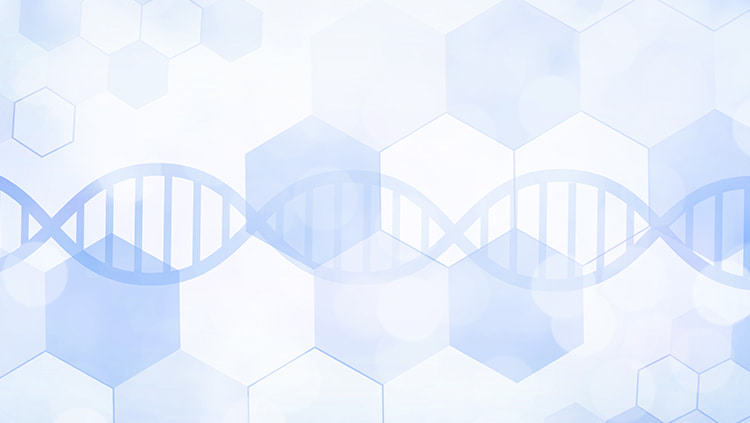Genetic Information (DNA) and Chromosomal Abnormalities

The genome refers to all the genetic information that an organism possesses, essentially serving as the blueprint of life, and it specifically refers to chromosomes.
In each nucleus of approximately 6 billion cells that make up a human body, genomes (chromosomes) are present.
Table of Contents
Genetic Information (DNA) and the Genome
The genome refers to all the genetic information that an organism possesses, essentially serving as the blueprint of life, and it specifically refers to chromosomes. In each nucleus of approximately 60 billion cells that make up a human body, genomes (chromosomes) are present.
Human somatic cells contain 22 pairs of autosomes and 1 pair of sex chromosomes (XY in males, XX in females). Sperm cells carry 22 autosomes and either an X or Y chromosome, while egg cells carry 22 autosomes and an X chromosome. These collectively form the genome. DNA is wrapped around proteins called histones and further folded to form chromosomes.
DNA and the Four Bases
In 1953, James Watson and Francis Crick first discovered the double helix structure of DNA, revealing the genetic information encoded within genes. The human genome was roughly deciphered in 2001, and further detailed in 2003, identifying genetic information (DNA) as sequences formed by four bases: adenine (A), guanine (G), thymine (T), and cytosine (C).
DNA has the remarkable ability to replicate itself, passing on this information to offspring. The sequence of A, G, C, and T on DNA determines the base sequence of genes, which is transcribed into mRNA by RNA polymerase. The synthesized mRNA directs protein synthesis on ribosomes within human cells, determining the amino acid sequence of proteins.
This flow from DNA replication to RNA transcription to protein synthesis, known as the central dogma, is a fundamental process shared by all organisms, not just humans. The information encoded in DNA, RNA, and proteins through this central dogma serves as the foundation for understanding gene expression across all forms of life.
The Composition of Genes and Chromosomal Abnormalities
【Composition of Genes】
Each gene is a segment of DNA that includes coding regions called exons, which encode protein amino acid sequences, interspersed with non-coding sequences called introns.
Introns do not contribute to the protein product. Exons are the genetic segments that determine the amino acid sequence of proteins. Introns and exons alternate with each other.
In the human genome, most genes contain at least one (usually several) introns. Many genes are characterized by having a total intron length that is longer than the total exon length combined.
【Chromosomal Abnormalities】
Chromosomal abnormalities can occur as numerical or structural anomalies, sometimes involving multiple autosomes, sex chromosomes, or both simultaneously. These abnormalities have significant clinical and societal impacts.
One of the most well-known types of chromosomal abnormality involves changes in the number of chromosomes, known as aneuploidy, where there are extra or missing chromosomes. This condition may be associated with physical abnormalities, developmental disabilities, or both.
